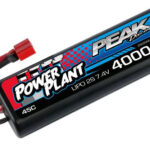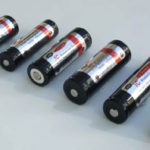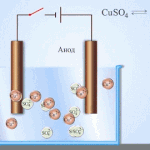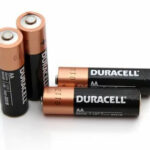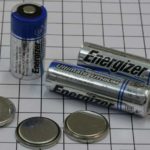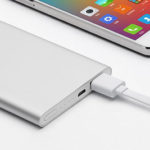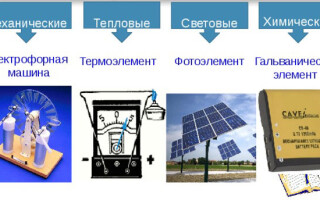Electric current source is a device that generates electric current in a closed circuit. Nowadays, a large number of types of such sources have been invented. Each type is used for a specific purpose.
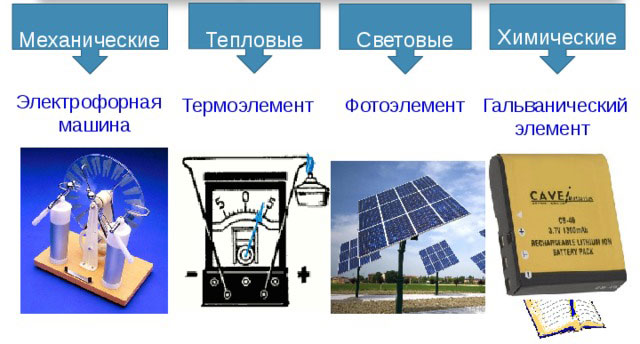
Contents .
Types of electric current sources
There are the following types of electric current sources:
- mechanical;
- thermal;
- light;
- chemical.
Mechanical sources
In these sources, mechanical energy is converted into electrical energy. The transformation is carried out in special devices - generators. The main generators are turbine generators, where an electric machine is driven by a gas or steam flow, and hydro generators, which convert the energy of falling water into electricity. It is mechanical converters that produce most of the electricity on Earth.
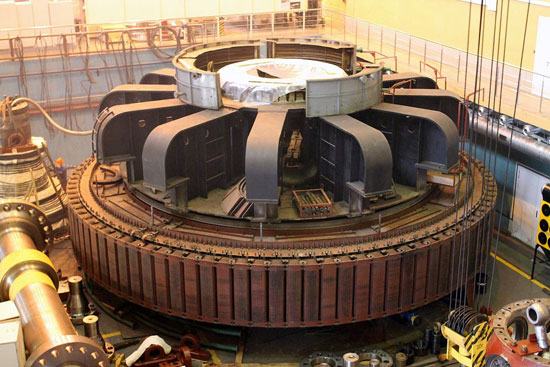
Thermal sources
This is where thermal energy is converted into electricity. Electric current is generated by the temperature difference between two pairs of contacting metals or semiconductors - thermocouples. In this case, charged particles are transported from the heated to the cold area. The magnitude of the current depends directly on the temperature difference: the greater the difference, the greater the electric current. Thermocouples based on semiconductors give thermal outputs 1000 times greater than bimetal thermocouples, so they can be used to make current sources. Metal thermocouples are only used to measure temperature.
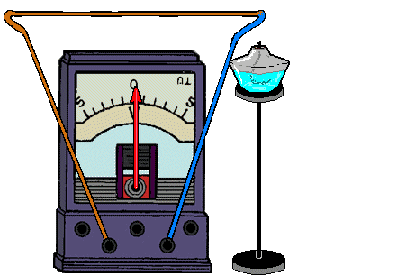
TIP! To make a thermocouple, 2 different metals must be joined together.
New elements have now been developed based on the conversion of heat released by the natural decay of radioactive isotopes. Such elements are called radioisotope thermoelectric generator. In spacecraft well-proven generator, where the isotope plutonium-238 is used. It gives a power of 470 W at a voltage of 30 V. Since the half-life of this isotope is 87.7 years, the lifetime of the generator is very long. A bimetallic thermocouple serves as a heat-to-electricity converter.
Light sources
With the development of semiconductor physics in the late twentieth century there were new sources of current - solar cells, in which the energy of light is converted into electrical energy. They use the property of semiconductors to produce voltage when exposed to light flux. This effect is particularly strong in silicon semiconductors. Still, the efficiency of such cells does not exceed 15%. Solar batteries have become indispensable in the space industry and have begun to be used in everyday life as well. Price of such power sources is constantly decreasing, but it remains quite high: about 100 rubles per 1 watt of power.
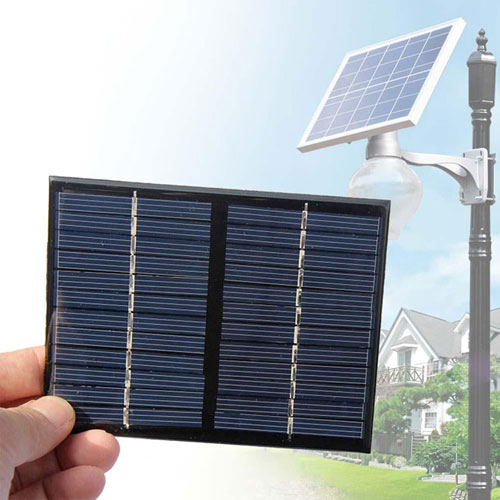
Chemical sources
All chemical sources can be divided into 3 groups:
- Galvanic
- Accumulators
- Thermal
Galvanic cells work based on the interaction of two different metals placed in an electrolyte. The metal and electrolyte pairs can be different chemical elements and their compounds. The type and characteristics of the element depends on this.
IMPORTANT! Galvanic cells are used only once, i.e. once discharged, they cannot be restored.
There are 3 types of galvanic sources (or batteries):
- Saline;
- Alkaline;
- Lithium.
Salt or otherwise "dry" batteries use a pasty electrolyte of a salt of some metal, placed in a zinc cup. The cathode is a graphite-manganese rod in the center of the cup. The cheap materials and ease of manufacturing of such batteries made them the cheapest of all. But their characteristics are much inferior to those of alkaline and lithium batteries.
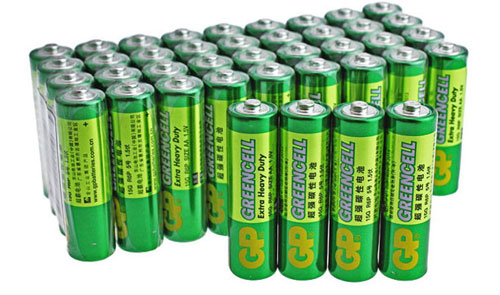
Alkaline batteries use a pasty solution of alkali potassium hydroxide as the electrolyte. The zinc anode was replaced by powdered zinc, which increased the current output of the cell and the operating time. These cells last 1.5 times longer than salt cells.
In the lithium cell, the anode is made of lithium, an alkaline metal, which increased the operating time considerably. But at the same time, the price has increased because of the relative high cost of lithium. In addition, lithium batteries can have different voltages depending on the material of the cathode. Batteries are available with voltages from 1.5V to 3.7V.
Batteries - sources of electric current, which can be subjected to many charge-discharge cycles. The main types of batteries are:
- Lead-acid;
- Lithium-ion;
- Nickel-Cadmium.
Lead-acid batteries consist of lead plates immersed in a sulfuric acid solution. When an external electrical circuit is closed, a chemical reaction takes place that converts lead to lead sulfate at the cathode and anode, and water is formed. During the charging process, lead sulfate at the anode is reduced to lead and lead dioxide at the cathode.
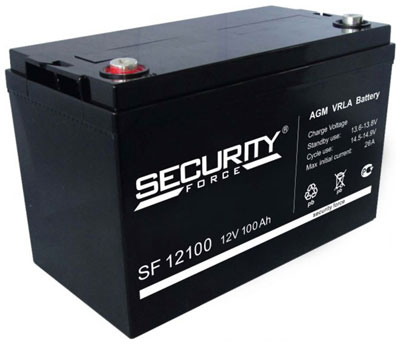
SOURCE! One lead-zinc battery cell produces a voltage of 2 V. By connecting the cells in series, you can get any voltage multiple of 2. For example, in car batteries, the voltage is 12 V, since 6 cells are connected.
The lithium-ion battery gets its name because the carrier of the electricity in the electrolyte is lithium ions. The ions arise on the cathode, which is made of lithium salt on a substrate of aluminum foil. The anode is made of different materials: graphite, cobalt oxides and other compounds on a substrate of copper foil.
The voltage can be between 3 V and 4.2 V, depending on the components used. Due to their low self-discharge and high number of charge-discharge cycles, lithium-ion batteries have become very popular in household appliances.
IMPORTANT! Lithium-ion batteries are very sensitive to overcharging. Therefore, to charge them, you must use chargers designed only for them, which have built-in special circuits to prevent overcharging. Otherwise, it can destroy the battery and cause it to catch fire.
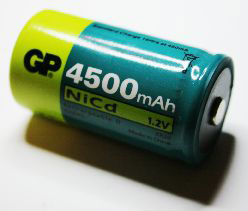
With nickel-cadmium batteries, the cathode is made of nickel salt on a steel grid, the anode is made of cadmium salt on a steel grid, and the electrolyte is a mixture of lithium hydroxide and potassium hydroxide. The rated voltage of such a battery is 1.37 V. It can withstand from 100 to 900 charge-discharge cycles.
TIP! Unlike lithium-ion batteries, Ni-Cd batteries can be stored in a discharged condition.
Thermal chemical cells serve as backup power sources. They give excellent current density characteristics, but have a short service life (up to 1 hour). They are mainly used in rocket technology where reliability and short-term operation are needed.
IMPORTANT! Initially, thermal chemical sources can not give electric current. They contain an electrolyte in a solid state, and to make the battery operational it is necessary to heat it up to 500-600°C. Such heating is done by a special pyrotechnic mixture, which is ignited at the right moment.
The difference between a real and an ideal source
An ideal source, according to the laws of physics, must have an infinite internal resistance to ensure constancy of the electric current in the load. Real sources have a finite internal resistance, which means that the current depends on both the external load and the internal resistance.
That, in short, is all about the variety of modern electric current sources. As can be seen from the overview, today an impressive number of sources with characteristics suitable for any application have been created.
Related articles:
